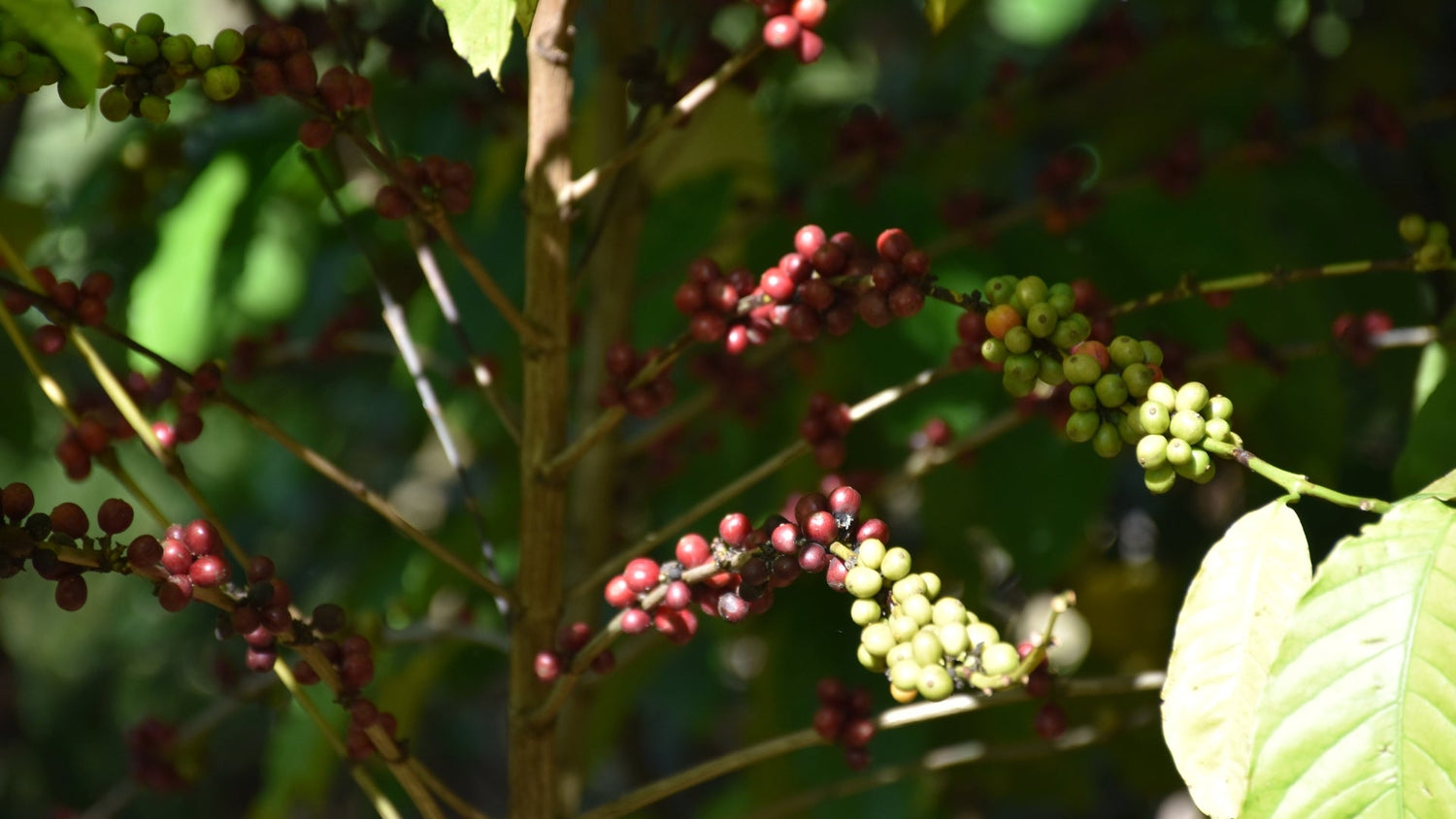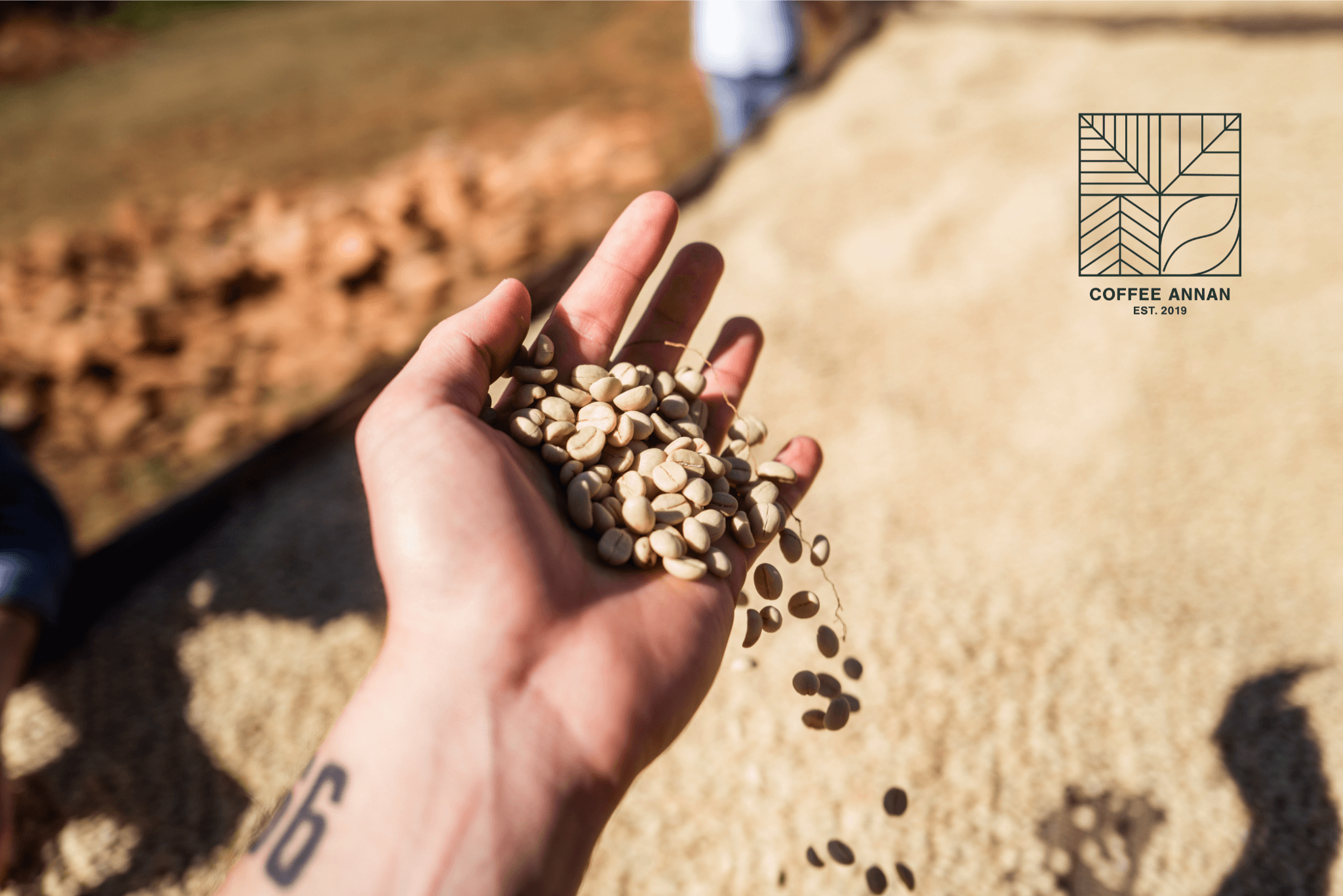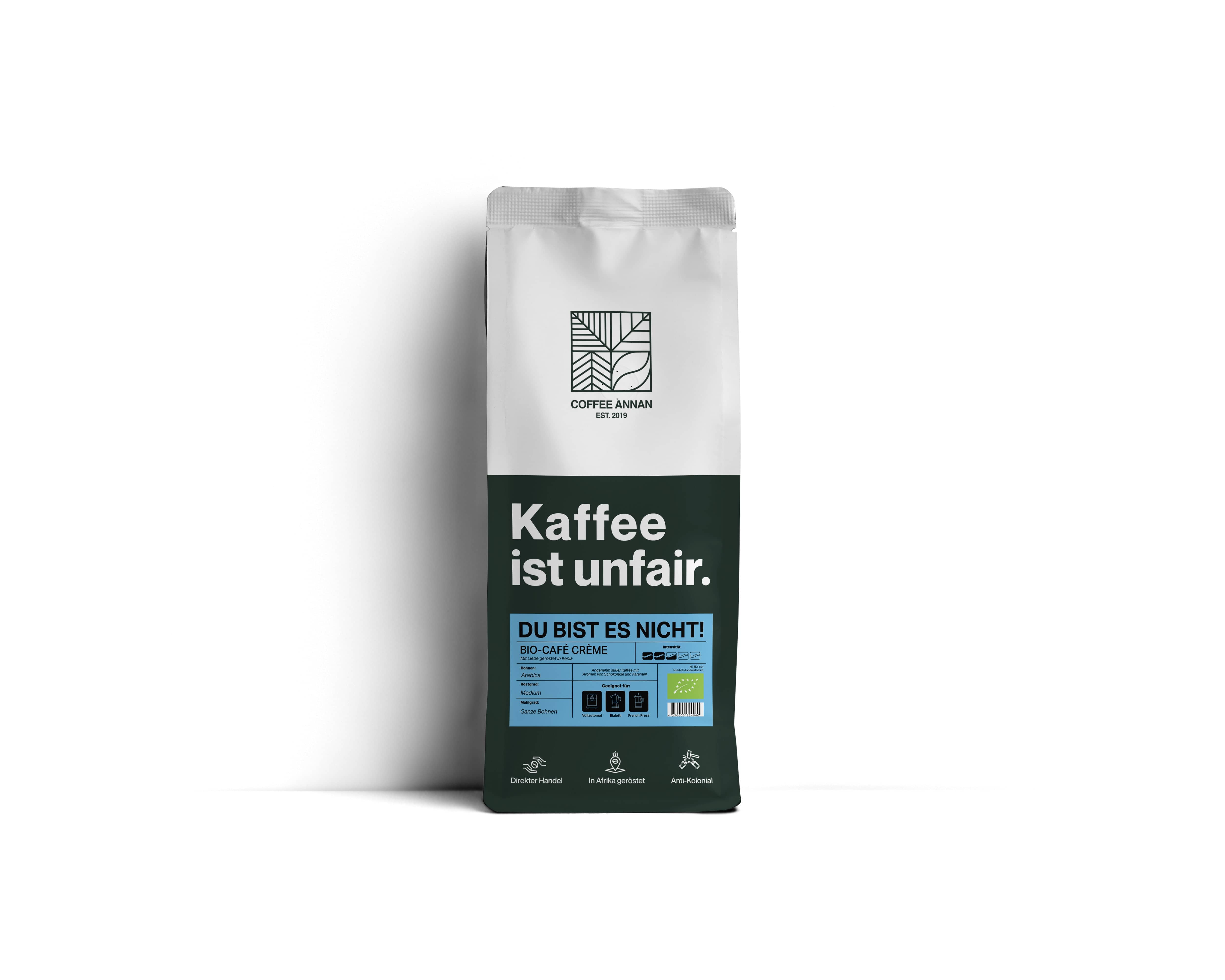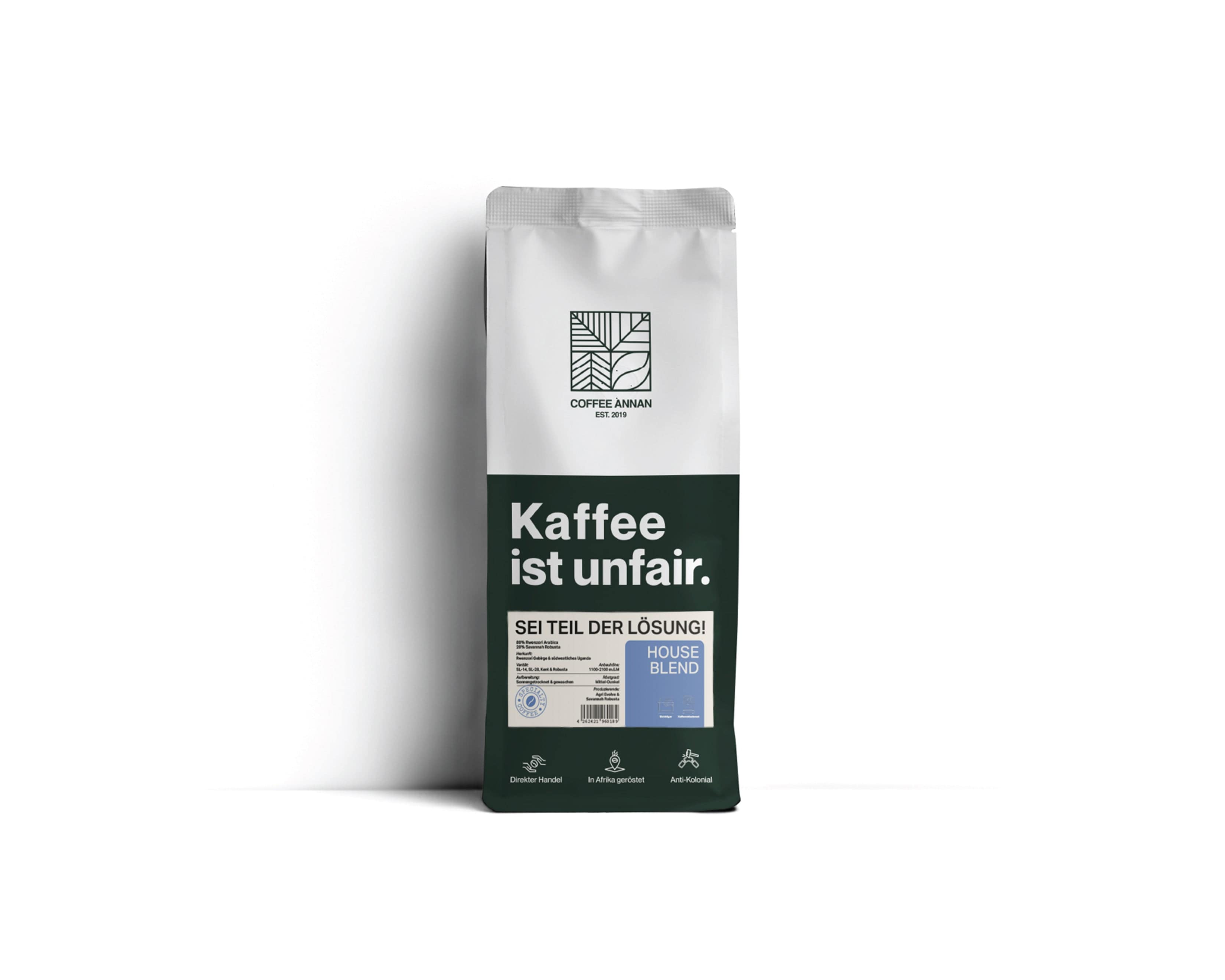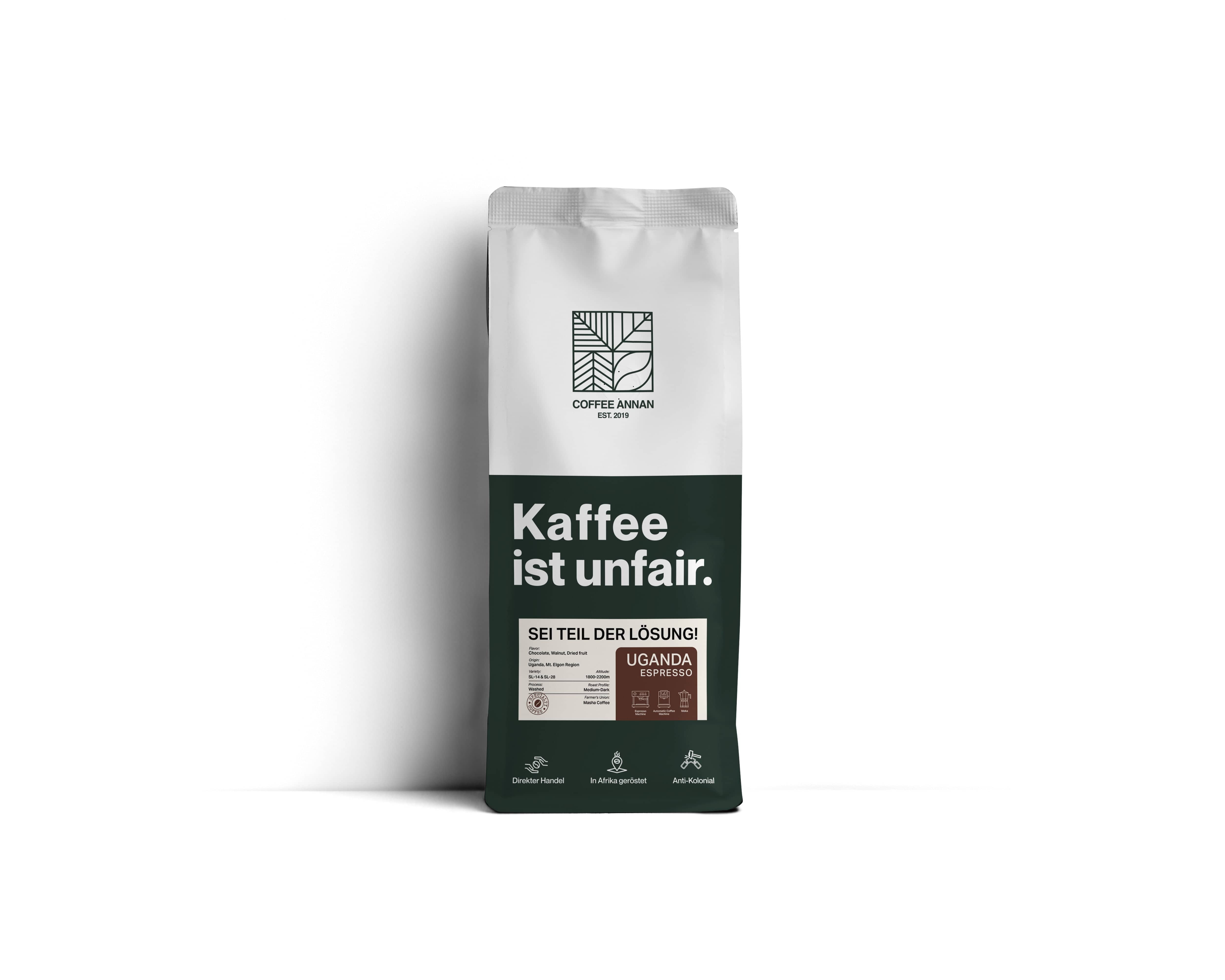Coffee plants normally grow in tropical and subtropical regions, but even in Europe, it is conceivable to grow your own coffee and harvest it yourself. However, the location is important and there are a few crucial things to bear in mind because the coffee beans can be poisonous, even though the coffee plant itself is not toxic.
How Can You Grow a Coffee Plant in Europe?
Imagine that you’re sitting comfortably with your morning cup of coffee and suddenly find yourself wondering whether it would be difficult to grow and harvest your own coffee. Here’s the good news: it is possible! Because coffee plant propagation is not that complicated. Depending on how impatient you are, you can grow them from cuttings, directly from seeds, or simply buy a small plant.
Where Does the Plant Actually Come From?
The origin of all coffee plants is in Ethiopia, where they initially made tea from the leaves. The idea of roasting and grinding the beans appears to have originated in modern-day Yemen. If you are interested in the legend of the discovery of coffee beans by a goatherd and how the story unfolded from there, you can read it in this article.
Today, there are about 124 different species of coffee plants, which are often sold as houseplants. Here is a brief overview of the species:
Coffea Arabica
Probably the best-known species grows in nature in regions above 1000 meters altitude and is considered a highland coffee. As it is self-pollinating, it is best suited for growing in the living room. The Coffea arabica “Nana” variety rarely exceeds a height of 1.5 meters and remains compact.
Coffea Canephora
Known as “Robusta”, this variety grows naturally in the lowlands, so it requires higher temperatures and humidity.
Coffea Liberica
Rarely sold as a houseplant, this species has a rather wild appearance.
In nature, coffee plants grow up to 8 meters high, which is of course neither desirable nor practical for houseplants. If you still want to grow it in your living room, you will probably have to settle for a maximum of 2 meters. After 2 to 4 years, the beautiful plant flowers in April to May with clusters of coffee tree blossoms that smell of jasmine. Once the blossoms fall, the plant produces green cherries in their place.
Now you have to wait another year until the cherries turn dark red when they are finally ripe. As you can see, growing coffee requires a lot of patience! There are two seeds in each of the cherries: the coveted coffee beans. They are light brown or white and don’t turn dark brown until they are roasted. Once you have roasted them, you can grind them and brew your own coffee.
The Best Location and Care For Your Coffee Plant
A coffee tree needs a lot of care, and you have to create certain conditions for it to grow, as we don't live in the high altitudes of the tropics or have a tropical climate at home. There are three different ways to keep the plant as a houseplant:
1. In a Pot
In the summer, you can put the plant outside. But even there it does not like direct sun, so you need to find it a shady spot. In winter, on the other hand, it requires a bright, warm and humid spot near an east or west-facing window, where the sun only shines for a short time. The plant grows best at a temperature of 68 to 77° F all year round. Because of the humidity, it is important to spray the leaves regularly.
2. Hydroponic Coffee Growing In a Jar
In a bottle garden, your plant will grow in a tight-fitting glass jar. Place expanded clay at the bottom for drainage and substrate on top, and then plant the coffee plant seed. It is vital to keep everything well moistened and in a bright place, but away from direct sunlight.
3. Kokedama - in a Moss Ball
For this method, you need a small tree that has already been grown in substrate or bought from a nursery. You start by dipping the root ball in water and finally covering it with a peat-clay mixture. Now wrap the root ball with a dry sheet of moss and tie everything securely with a string. Now you can hang up the Kokedama by the string. For watering, simply spray the moss ball with water.
No matter which method you choose, the coffee plant does not like to be waterlogged after watering! The best thing to do - especially if you choose option 1 - is to take a deep pot, add a drainage layer of pebbles or expanded clay, and fill it with a substrate. Now you can water it daily without the roots being covered by water.
Which Parts of the Coffee Plant Can Be Toxic: An Overview
In general, the coffee plant is not poisonous to humans! The individual parts of the bush are absolutely harmless, except for the cherries, which contain caffeine in high concentrations. For an adult, they are only dangerous if ingested in large quantities, causing diarrhea, vomiting or extreme agitation.
If you want to avoid the risk, you can remove the flowers or cut off the fruits, but this will prevent you from harvesting coffee. A great location is the bathroom, where the climate is more humid. When stored high up, the plant is no longer a danger for small children and most pets.
Attention: Please Keep Pets and Small Children Away!
Caution is advised for small children and pets: Although adults only experience symptoms after consuming large quantities of the cherries, even a small amount can trigger the same signs in a young child or pet. The color of the ripe coffee cherries and the scent of the blossom are particularly tempting for children and pets.
Cats in particular react strongly to caffeine, which is why the coffee plant is highly toxic to cats. The same applies to dogs, birds, parrots, and rodents. Here, the body weight of the animal and the number of cherries ingested determine how poisonous the coffee beans are for them. If symptoms appear, please take your pet to a veterinary clinic immediately!
The Following Doses Are Considered Fatal:
Dog: 110 mg of caffeine per kilogram of body weight
Cat: 80 mg per kilogram of body weight.
For comparison: A cup of brewed filter coffee contains about 100 mg of caffeine.
The fruit of the coffee tree contains about 1.2% of caffeine for Coffea arabica and about 2.2% for Coffea canephora.
An Example Using a Small Dog:
A small dog weighing 5 kilograms eats 5 arabica cherries, each weighing about 2-4 grams.
At 1.2% caffeine, that would be 0.038 grams per cherry, or 0.24 grams.
Since the maximum dose for such a small dog is approximately 0.55 grams, this is not a lethal amount, but symptoms will occur.
It’s crucial that an accident like this doesn’t repeat itself because regular ingestion of caffeine can lead to heart failure.
Anyone who has cats knows that there are quite a few plants that are poisonous to them! The coffee plant itself is relatively cat safe because the leaves hardly contain any caffeine, but as mentioned, the cherries and the raw beans they contain are highly toxic to domestic cats.

Symptoms of Poisoning by Raw Coffee Beans
In case your pet finds the fruits of the coffee tree particularly tasty and steals a cherry or two, you should look out for the following symptoms:
- General malaise including vomiting, diarrhea and abdominal pain.
- Hyperactivity
- Heart palpitations and arrhythmia
- Increased panting and breathing rate
- Increased urge to urinate
- Coordination problems
- Trembling, shivering, or convulsions.
Symptoms generally appear after about 2-4 hours after consumption. If you notice any of these symptoms, please be sure to consult a veterinarian immediately.
FAQ
Are Coffee Beans Edible?
Raw beans, which are found inside the cherry, are not suitable for consumption as they contain toxins that only disappear after roasting. After they have been roasted, however, the beans are delicious and the taste varies depending on the variety.
What Is the Best Way to Fertilize My Coffee Plant?
From April to September, you should give your plant a weekly dose of flowering plant fertilizer or a slow-release fertilizer. In winter, every 4-6 weeks is sufficient.
When Does the Arabica Plant Flower, and When Does It Bear Fruit?
After about 2-4 years, the plant will flower in April or May and then start bearing the first fruit, fruit, the so-called cherries. Older plants may even flower twice a year.
The Bottom Line
For adults, the coffee plant is not toxic and makes a beautiful houseplant. For pets and small children, however, the coffee plant is toxic, with symptoms depending on the amount of raw beans ingested. The coffee plant itself is non-toxic, but the caffeine in the fruit presents the problem. If you suspect that your child or pet has ingested coffee cherries, you should seek medical help immediately.
You can grow your own coffee, but you won't harvest the quantities you'd need for your own coffee supply, or if you do, you'll have to wait a very long time for it. For those that are not quite that patient, Coffee Annan offers fair trade coffee, where every cup you drink ensures that coffee farmers are paid a fair wage for their product. Why don’t you try one of our sample packs and tell us which one you liked best? We are looking forward to your feedback!






